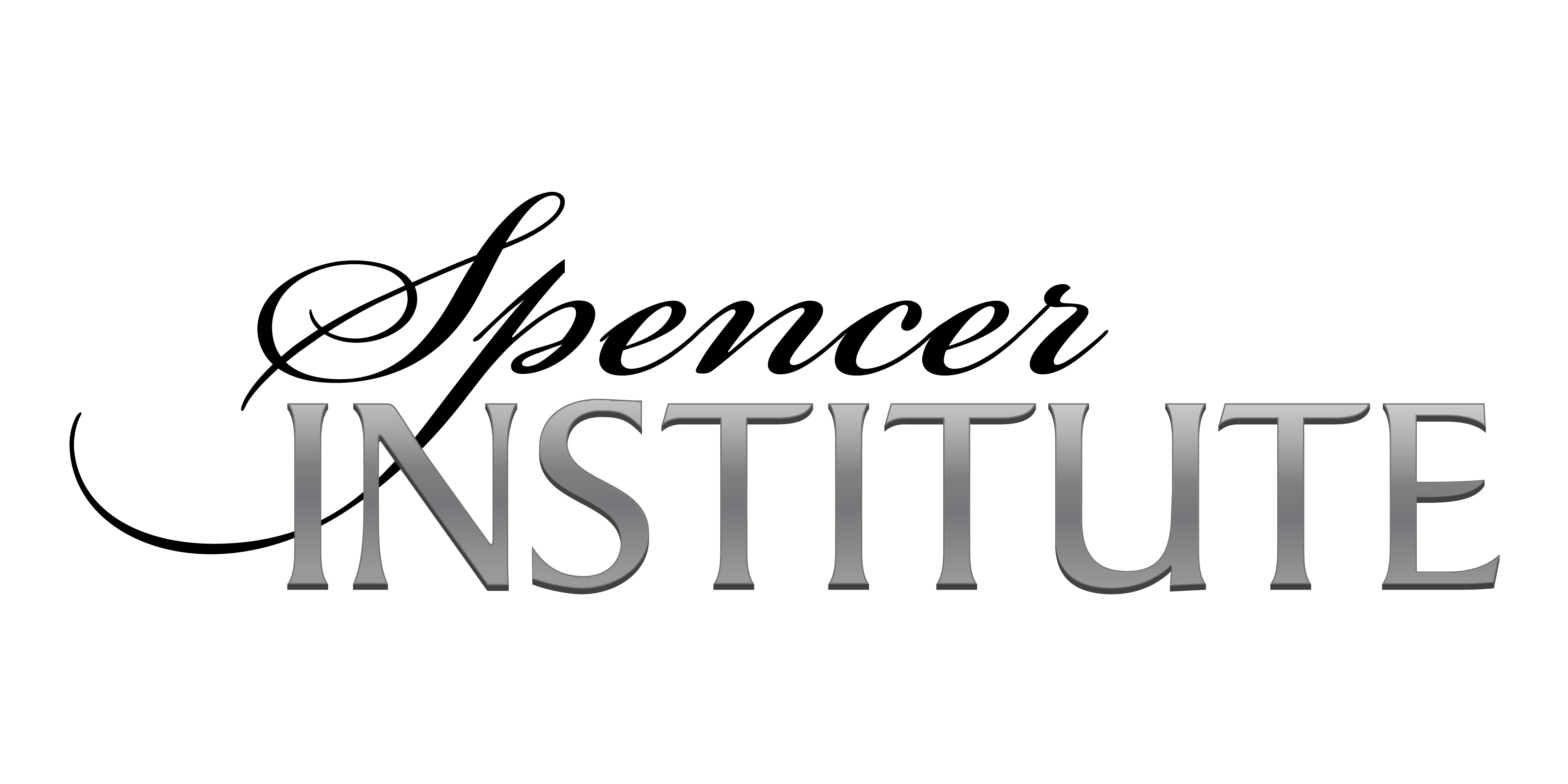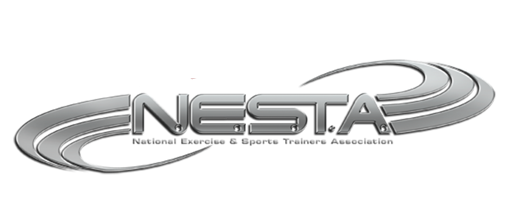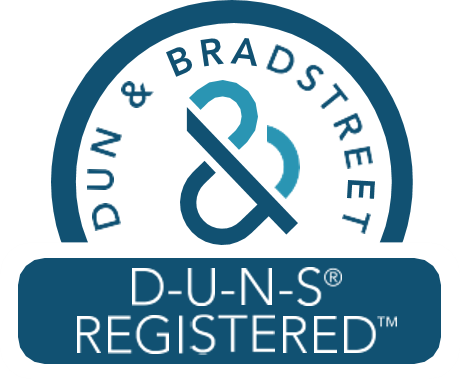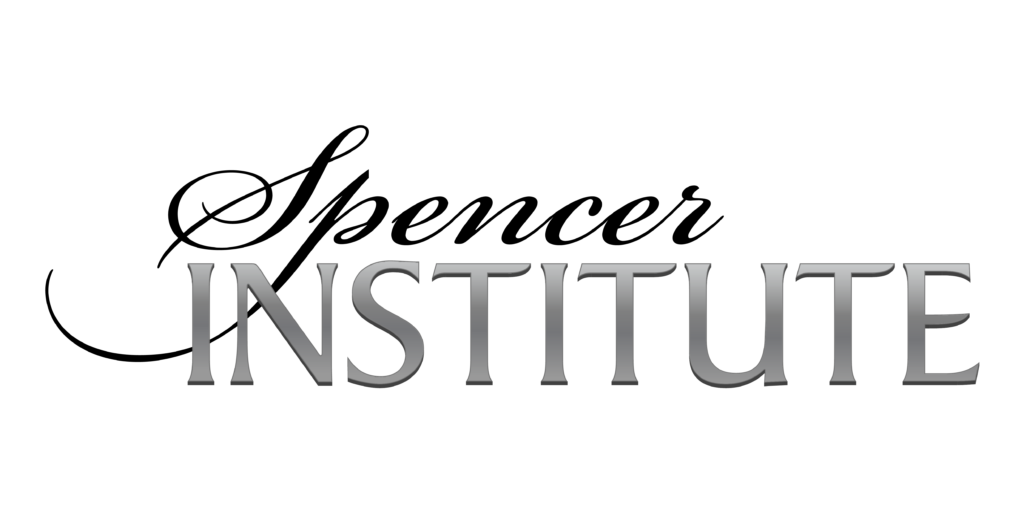 There are many different options and expressions for the ways holism is coached. Because we evaluate the whole person, we need some framing to keep things contained somewhat – or we risk diluting our coaching for too many clients in too many ways. For example, if a Pilates instructor were to meet with a client who has mobility issues – this client cannot do Pilates.
There are many different options and expressions for the ways holism is coached. Because we evaluate the whole person, we need some framing to keep things contained somewhat – or we risk diluting our coaching for too many clients in too many ways. For example, if a Pilates instructor were to meet with a client who has mobility issues – this client cannot do Pilates.
We can not just pull a skill out of thin air, meaning that we may not always be able to help someone. We may lack professional training in some areas but we do not proceed with coaching outside of our mastery.
A massage therapist would have a coach/client relationships to only serve their client with massage. The moment this type of coach steps into helping a client change behaviors is the time at which the coach had better make sure they were prepared to offer more than a watered-down version of their basic coaching skills. Getting to the point, stick with what you know best. This is information you know about yourself from doing honest evaluation and reflection of your Knowledge, Skills, and Abilities (KSA’s).
Healing Through Touch
Touch is something that we are all born with – the ability to both give and receive. It is one of the first sensations we feel upon our arrival into the world and is, therefore, one of the most important in terms of its ability to allow us to feel the safety and security of loving relationships in our lives. If this sensation of love and security is allowed to thrive with nurturing parents as providers, we set a foundation and begin to learn more about how to both give and receive love.
Touch should not be underestimated because it permeates into all aspects of life. From the way we shake someone’s hand to the classic hug, we are defined by how we touch or how we receive it.
There are social and cultural norms for touching, though. Reflect for a moment about how touch is regarded in different parts of the world, within different cultures – where there are either implied or clear rules about the human touch.
We learn the difference between those times when touch is appropriate or when it is not warranted. We become aware of different types of touching and then determine if we feel that the sensation of being in contact with another is a positive or negative experience.
In terms of its ability to heal or promote healthy survival, touch plays an important role in how our instincts develop or evolve. This is not something that we are always conscious of, but nonetheless, becomes part of our hard wiring. This is seen in our ability to use touch for healing or for survival.
When we are able to extend a helping hand (touch) to another person in pain or one who is suffering, we are able to provide a sensation of comfort and soothing for the soul. Being able to use touch for injured or sick persons has become a human characteristic that we tend to take for granted.
Bodyways Therapy
In practical terms, one would need to look no further than Bodyways or Bodywork for the power of touch. A holistic approach seeks neither relaxation nor remediation as its goal, but both tend to be positive side effects. “Curing” is not the intention. Instead, the objective is a higher level of organization, structure, function, and well-being.
Holistic practitioners achieve this by balancing a particular body system – energy, neuromuscular, or myofascial, for example. A practitioner who coaches clients holistically might use Bodyways or Bodywork to do work directly on the connective tissue system of the body – be it to improve function, structure and/or posture for the client. This, in turn, results in better overall functioning and even psychological transformation and disease prevention.
In a holistic way of seeing things, every part of our body and every aspect of our being is connected and affects every other part! Nothing in our bodies acts independently or separately. If we alter just one dimension of a system (as in our bodies), there will be a subsequent influence on all of the others. What changes one’s structure changes your function, and also changes your mind and heart.
Getting Started
The stress of living during a pandemic has turned our daily lives and the lives of our clients and their families upside down. It comes at no surprise that most of your clients are concerned about their health and well-being during this time.
If you focus your work in the “holistic” areas of health, fitness and wellness, the Certified Holistic Nutrition Coach course is your next step. Without this knowledge and certification, you won’t have everything you need to help all your clients.
Our Stress Management coaching program is designed for life coaches, as well as fitness and wellness professionals who want to expand his or her knowledge in the lucrative and expanding field.
Become a Certified Holistic Health Coach. Holistic health and well-being are essential to overall life success. Now you can earn a credential and gain the skills to help your clients achieve this success.
Our programs are open to anyone with a desire to learn and help others. There are no prerequisites.
That’s it for now.
Take action!
PS: Click here to see many helpful business/career resources

